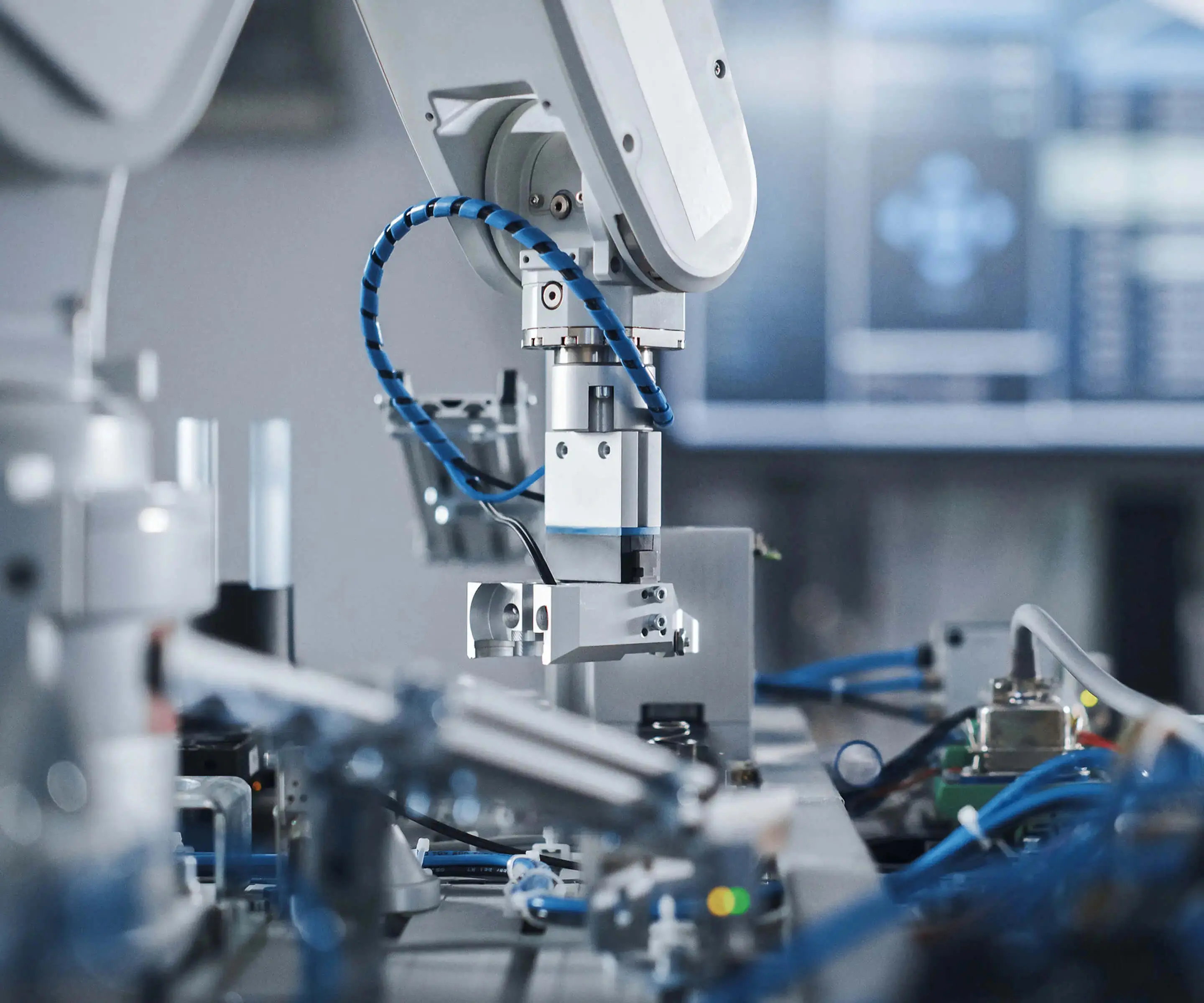Unlocking Precision: How a Servo Motor Calculation Tool Transforms Your Engineering Projects
In the fast-paced world of engineering, robotics, automation, and motor control, precision isn’t just a bonus—it’s a necessity. Whether you're developing a robotic arm, designing a drone, or fine-tuning an industrial machine, selecting the right servo motor is crucial. But how do engineers and hobbyists alike ensure they’re choosing the perfect fit for their application? Enter the hero of this story: the servo motor calculation tool.

Understanding the Power of a Calculation Tool
Imagine trying to assemble a complex machine without detailed calculations or specifications—it's like building a spaceship with a blindfold on. A servo motor calculation tool acts as your digital copiloto, simplifying the intricate process of determining the right motor parameters. From torque and speed to power consumption and control dynamics, these tools turn complex formulas into user-friendly interfaces, enabling efficient decision-making.
At its core, a servo motor calculation tool allows users to input key parameters such as load weight, desired speed, acceleration, and operational voltage. Based on these inputs, it estimates critical characteristics—like torque requirements, stall torque, peak power, and even the appropriate gear ratios. In essence, it reduces the guesswork that often plagues manual calculations, accelerating development cycles and improving product reliability.
Why Is Accurate Calculation So Critical?
Every engineer knows the importance of matching motor specifications with application demands. An undersized motor may lead to sluggish operation or even failure under load, while an overspecified motor can increase costs unnecessarily and add unnecessary complexity. Achieving the ideal balance ensures the system operates smoothly, with life-cycle efficiency and optimal performance.
For example, in robotic arm applications, precision movement depends on the correct torque calculation. Too little torque, and the arm may stall or fail to hold objects firmly; too much, and energy consumption skyrockets, or the system faces unnecessary stress. The same applies in CNC machinery, drones, or even camera gimbals.
The Core Components of a Servo Motor Calculation Tool
Modern servo motor calculation tools aren’t just simple spreadsheets—they are sophisticated applications integrated with robust physics models. Here are some of their core features:
Input Parameters: Load weight, motion profile (speed, acceleration), voltage, and gear ratios. Calculation Models: Torque, power, and speed estimations based on input values, considering efficiency factors. Motor Selection: Recommendations for specific motor models that meet the calculated requirements. Thermal Analysis: Estimates of heat dissipation and cooling needs, preventing overheating issues. Performance Curves: Graphical representations showing how the motor performs under different conditions.
These features make the selection process more intuitive, reducing errors and ensuring the application’s success.
How To Use a Servo Motor Calculation Tool Effectively
Knowing how to initiate calculations is just as critical as understanding the results. Here’s a straightforward workflow:
Define Your Application Requirements: Clarify what the motor must achieve—desired speed, load, and accuracy. Input Operational Data: Enter parameters like load weight, acceleration profiles, and supply voltage. Analyze the Results: Review the suggested torque, power, and motor models, ensuring they align with your real-world needs. Refine Inputs: Adjust parameters as necessary based on feedback from initial calculations. Finalize Selection: Choose the motor that balances performance, cost, and reliability.
Additionally, many tools offer simulation modes, allowing users to visualize how motor behavior influences system performance over time, leading to more informed decisions.
The Growing Importance of Calculation Tools in Modern Engineering
The complexity of engineering projects has increased exponentially in recent decades. Automation, miniaturization, and the demand for high precision mean that manual calculations are often impractical or prone to error. This is where servo motor calculation tools make an indelible mark—they improve accuracy, speed up workflows, and open doors for innovation.
Furthermore, many contemporary tools are integrated into larger design ecosystems—CAD (Computer-Aided Design) and CAM (Computer-Aided Manufacturing)—allowing seamless integration from design to production. They help engineers predict issues before manufacturing, saving both time and money.
Real-World Applications and Benefits
Think of a robotics startup developing a robotic hand. Accurate torque calculations ensure the fingers can grip objects of various weights without slipping or overexerting the motors, preventing damage. Conversely, in industrial automation lines, well-calculated motors reduce downtime and maintenance costs by operating within optimal parameters.
In consumer electronics, a small drone’s motor choice, guided by a calculation tool, can dramatically improve flight time and stability. Similarly, in medical devices—such as robotic surgical tools—precision and reliability are paramount, and the right servo motor, properly calculated, can be the difference between success and failure.
Conclusion of Part 1
Harnessing the power of a servo motor calculation tool transforms complex engineering challenges into manageable, accurate processes. It elevates the design’s reliability, conserves resources, and accelerates innovation. As we look toward more sophisticated applications—like autonomous vehicles, smart factories, and wearable tech—the significance of these tools only grows.
In the next segment, we’ll explore specific case studies demonstrating the practical benefits of using servo motor calculation tools, delve into advanced features like thermal management and gear optimization, and provide tips for selecting the right software or calculator for your needs.
Kpower has delivered professional drive system solutions to over 500 enterprise clients globally with products covering various fields such as Smart Home Systems, Automatic Electronics, Robotics, Precision Agriculture, Drones, and Industrial Automation.




































